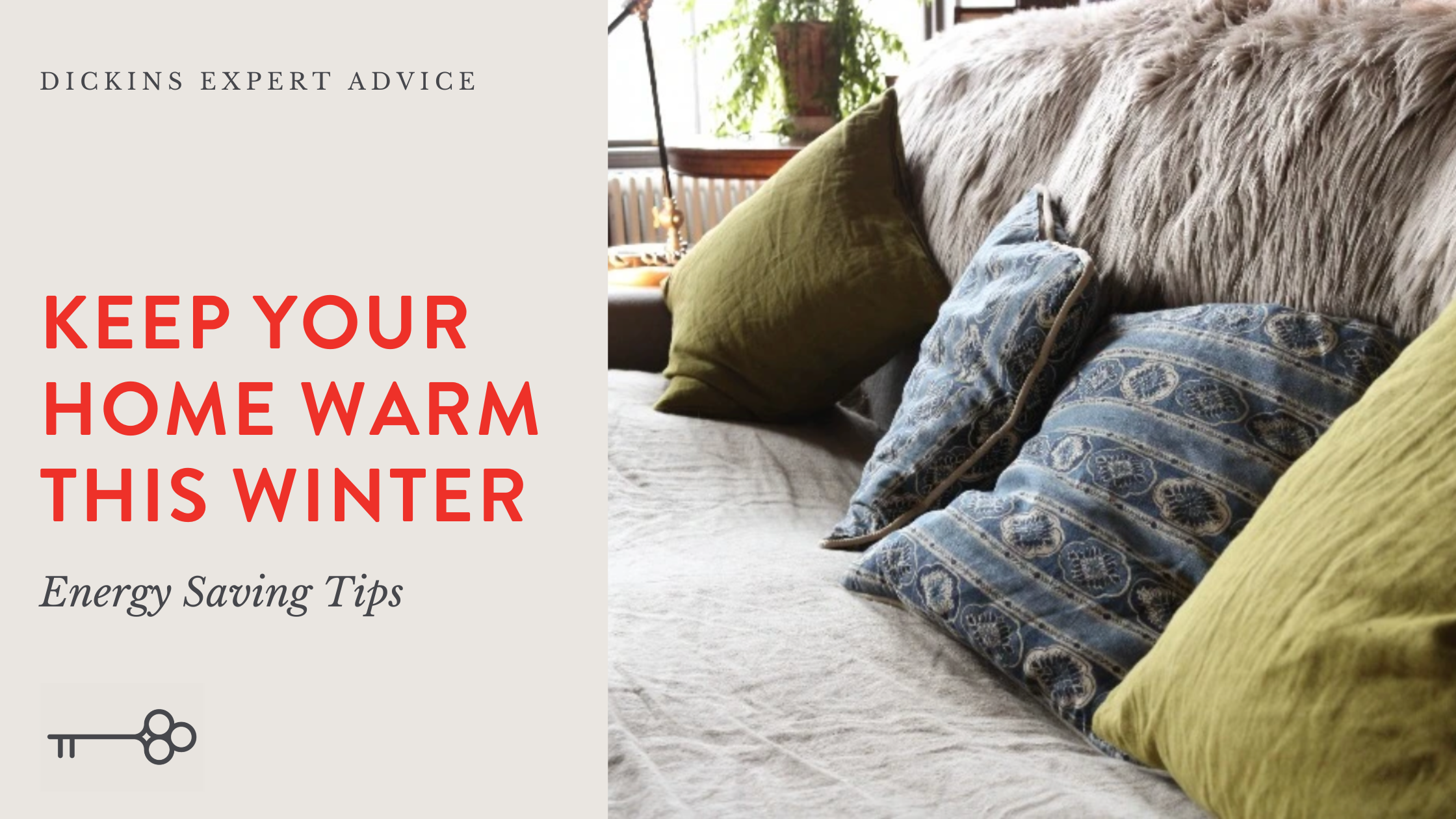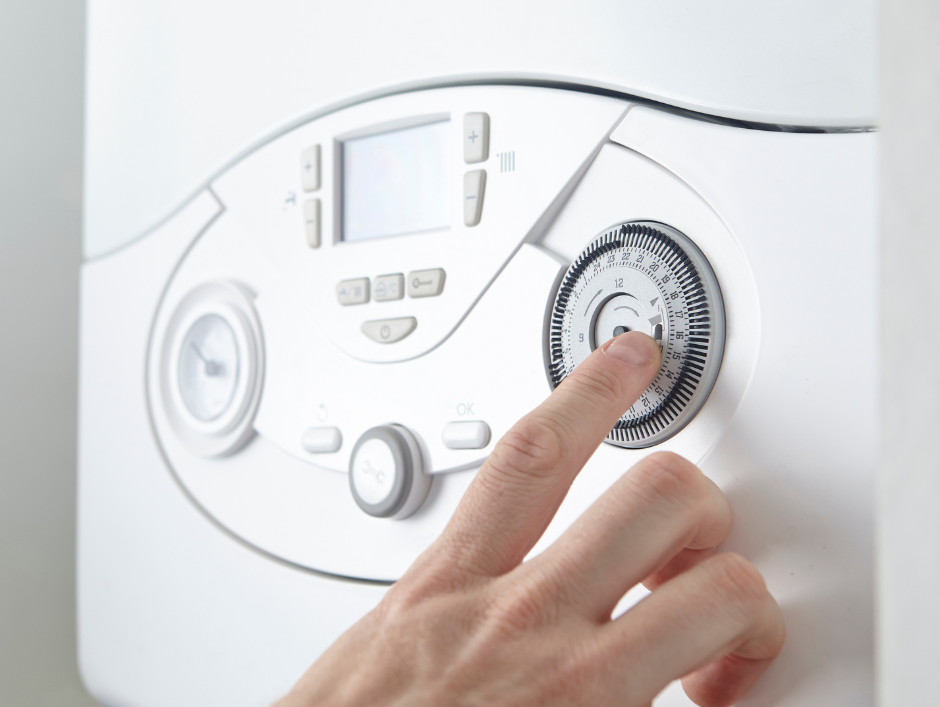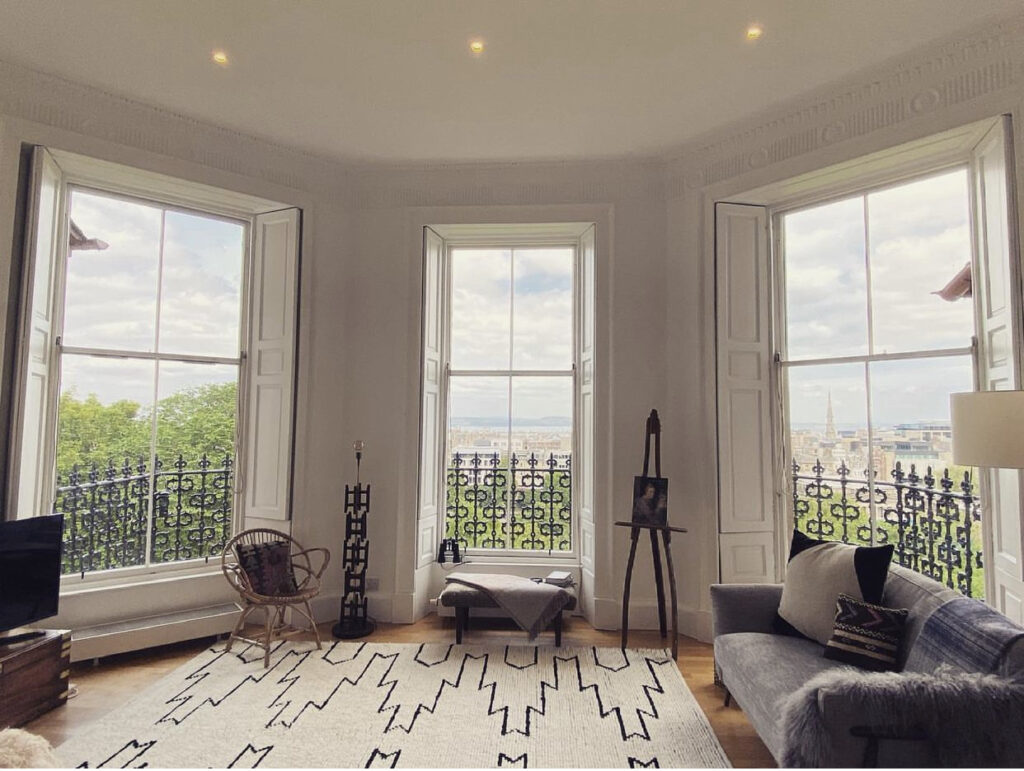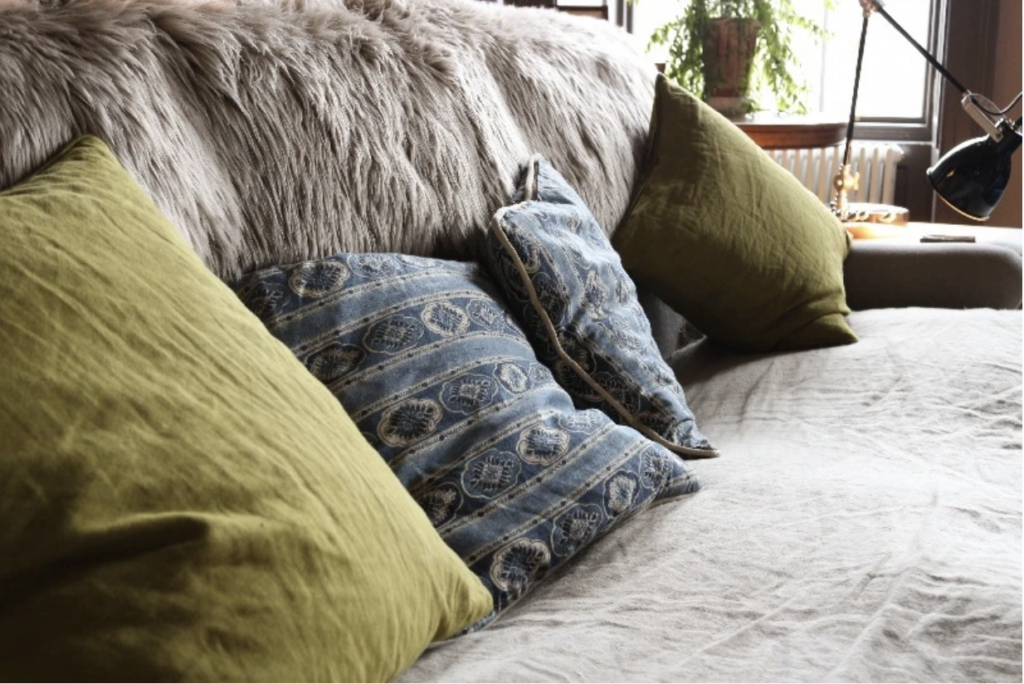How to Keep Your Home Warm This Winter – Energy Saving Tips for Homeowners

The autumn chill has arrived in Edinburgh and with the October energy cost increase weighing heavily on all our minds, we have put together energy saving tips for homeowners to help ensure your homes are running as efficiently as possible in the colder months ahead.
We’ve read loads of articles about energy saving tips, so you don’t have to. We’ve highlighted the best and most useful in this blog. Scotland tends to be the coldest part of the UK, but these energy saving tips will let you know how to keep your your home warm this winter wherever you live.
1. Turn down the temperature on the boiler
 If your boiler temperatures are set too high, your boiler may be working unnecessarily hard to heat the water as it leaves your boiler. Turning the temperature down to 55 and 60 degrees, your home will feel just as warm, but this could reduce your energy bills up to 8% according to Octopus Energy, depending on your boiler’s settings.
If your boiler temperatures are set too high, your boiler may be working unnecessarily hard to heat the water as it leaves your boiler. Turning the temperature down to 55 and 60 degrees, your home will feel just as warm, but this could reduce your energy bills up to 8% according to Octopus Energy, depending on your boiler’s settings.
If you have a combi boiler, they recommend setting your flow temperature to 50c for heating and 55c for hot water. Those with a boiler and a hot water cylinder, they recommend setting the flow temperature on your boiler to a few degrees over 60c for heating and hot water, and setting your hot water cylinder to 60c (you’ll usually find the control for your cylinder ⅓ of the way up the tank).
Important to remember: Hot water should be stored at a high enough temperature to stop bacteria like legionella from multiplying. Get more information about trying this tip safely.
2. Banish drafts

Homes in Edinburgh are often old, sometimes hundreds of years old, and this can mean nooks and crannies may have opened up and let drafts in. The building may have settled over time and not feel as airtight. We might not have paid much attention to draughts before, but now is the time to take action and you’ll benefit in the long run. I noticed a howling draught coming through the front door of our office this week and so we’re off to buy a brush strip to get that sorted.
Excluders can be bought for around £7 online while silicone sealant can be used to seal any draughty gaps around the edges of windows and doors.
40% of heat is lost through windows, doors and floors according to Simple Energy advice, so make sure you have dealt with any draughts. Some areas to take a look at, according to Which:
Take a look at the following areas:
- Windows – Use draught-proofing strips around the frame. Brush strips work better for sash windows.
- Doors – Use draught-proofing strips around the edges and brush or hinged-flap draught excluders at the bottom.
- Chimney and fireplace – If you don’t use your fireplace, use an inflatable pillow to block the chimney, or fit a cap over the chimney pot. If you have an open chimney, this alone could save you £18 a year.
- Floorboards and skirting – Floorboards need to move, so use a flexible silicone-based filler to fill the gaps.
- Loft hatches – Use draught-proofing foam strips to keep heat in.
Already repaired large draughty areas? Consider smaller holes that let in cold air, such as keyholes and letterboxes.
Top tip: If you are planning to carry out any work in your home in the near future, remember to consider energy efficiency. Are there materials or additional work you can carry out at this time to increase your homes ability to hold on to heat. Sometimes a small change can have a big impact.
3. Be bright with your bulbs

Lighting commonly makes up over 10% of a typical power bill. LEDs use 70-80% less electricity – so when it’s time to replace those bulbs, replace them with LED. The Energy Savings Trust have written lots about the impact it could make on your bills: between £5-£13 per bulb, per year. This is the time to make the switch is you haven’t already.
4. Adding curtain liners or secondary glazing to windows

We encourage our guests to keep curtains and blinds open during the days to allow maximum light into the home. Investing in thick curtains can be great for trapping the heat in once the sun sets for the day – if you have shutters, that’s even better too! There are second hand curtain hops in Edinburgh. They are a treasure trove for well made curtains at a fraction of the cost at the time they were made.
If your windows are single glazed, consider looking into the options available to reduce the energy escape, such as secondary glazing options.
Top tip – Keep your windows clean so there is nothing to impede the sunlight and the solar gain warming up your rooms!
5. Add rugs and soft furnishings – including a winter duvet

Ensure you have a heavier winter duvet, we recommend at least 12 – 15 tog – this will keep your guests warm during the colder nights.
A rug is perfect for reducing the draft through traditional wood flooring, and adding other soft furnishing such as blankets and cushions will make your home feel more cosy and give you the opportunity to cosy up before turning to the heating.
Hot water bottles can be a highly effective way to keep guests warm – please consider adding one to each bedroom in your home.
Top tip – make sure your furniture is not blocking any radiators or preventing the airflow in your home.
–
Thank you for taking the time to read our blog, we hope our energy saving tip tips for how to keep your home warm this winter help. If you are a Dickins homeowner, feel free to get in touch to help implement any of these suggestions to help keep your home warm this winter – without breaking the bank.
If you own an Edinburgh home an may be interested in letting your home, speak with a member of our team today.



Leave a Comment